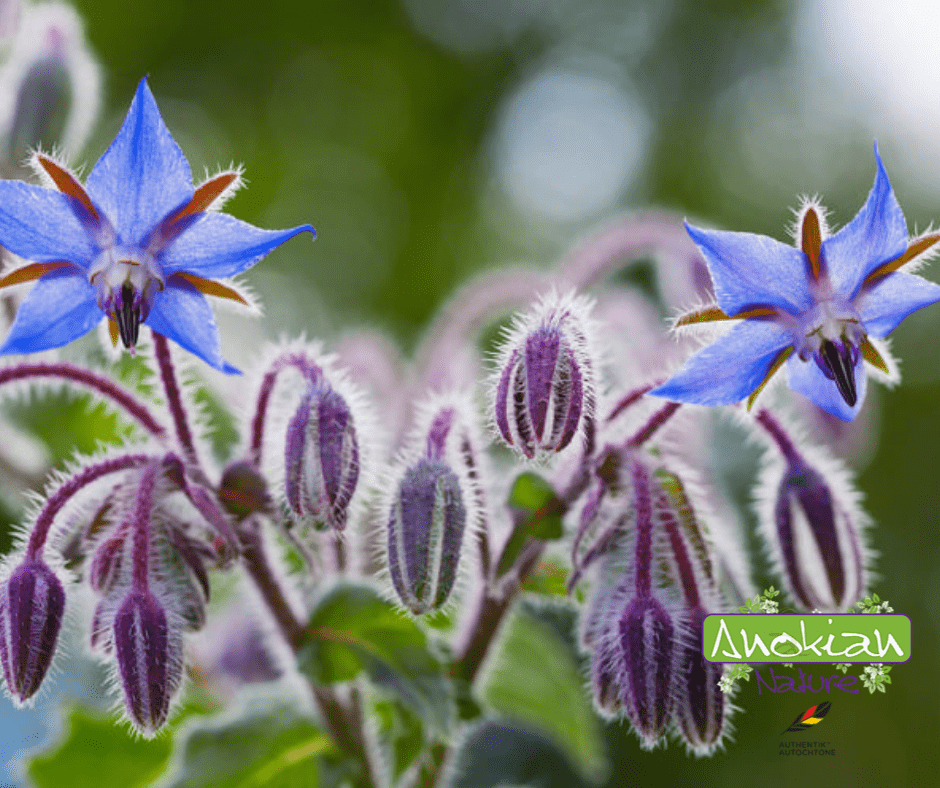Skip to product information










Seed | Borage Officinalis
$3.99 CAD
Quantity
Borage seeds (Borago officinalis) are grown for their edible, starry-blue flowers and medicinal properties. This annual plant attracts pollinators, enriches the soil, and makes an ideal companion in the vegetable garden.